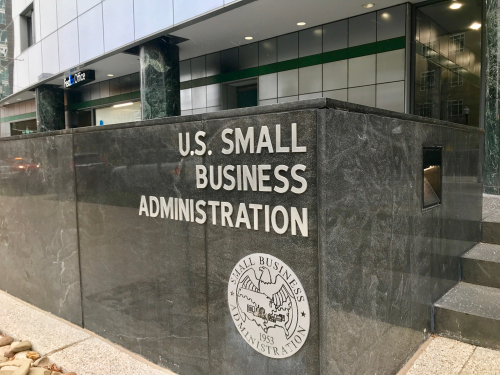The U.S. Small Business Administration (SBA) is undergoing an agency-wide reorganization that will result in a 43 percent reduction in its workforce.

The staff reduction will eliminate those roles that are considered non-essential roles and return staffing levels to pre-pandemic levels. The agency will eliminate approximately 2,700 active positions out of a total active workforce of nearly 6,500 through voluntary resignations, the expiration of COVID-era and other term appointments, and a limited number of reductions in force (RIFs). The workforce reduction will save taxpayers more than $435 million annually by FY26.
In this reorganization, SBA will refocus its resources on the core missions of supplying capital, fostering innovation, supporting veteran small business owners, providing field support, and delivering timely disaster relief. Core services, including the agency’s loan guarantee and disaster assistance programs, as well as its field and veteran operations, will not be impacted.
“The SBA was created to be a launchpad for America’s small businesses by offering access to capital, which in turn drives job creation, innovation, and a thriving Main Street. But in the last four years, the agency has veered off track – doubling in size and turning into a sprawling leviathan plagued by mission creep, financial mismanagement, and waste,” SBA Administrator Kelly Loeffler said.
Key features of SBA’s reorganization include:
- Promoting business formation and growth by shifting resources to expand capital formation functions and personnel, removing the emphasis from partisan programs of the past.
- Prioritizing risk management and fraud prevention by centralizing these functions within the Office of the Chief Financial Officer, in the effort to restore integrity to agency programs, audits, and financial statements.
- Expanding disaster response support by transferring disaster loan servicing functions and additional personnel into the Office of Disaster Recovery and Resilience. Additionally, the agency will cross-train field office personnel to support disaster recovery efforts.
- Eliminating redundant pandemic-era positions associated exclusively with processing pandemic-era loans within the Office of Capital Access.
- Ensuring that 30 percent of the agency is located in the field, by decentralizing services and working to better serve Main Streets across America.
- Promoting veteran businesses and American manufacturing by preserving existing staffing levels within the Office of Veterans Business Development and the Office of Manufacturing and Trade.
- Exempting key accountability offices from reductions at this time including the Office of Advocacy and the Office of the Inspector General.
Much of the reorganization is targeted to reverse the expansion of the SBA under the Biden Administration. Since the pandemic, the agency has nearly doubled in size, in part to support programs like the Green Lender Initiative, the Community Navigator Pilot Program, and DEI activities.
“By eliminating non-mission-critical positions and consolidating functions, we will revert to the staffing levels of the last Trump Administration, which supported a historic economic boom,” Loeffler said. “We will return our focus to driving private sector growth and delivering disaster relief with accountability, efficiency, and results.”